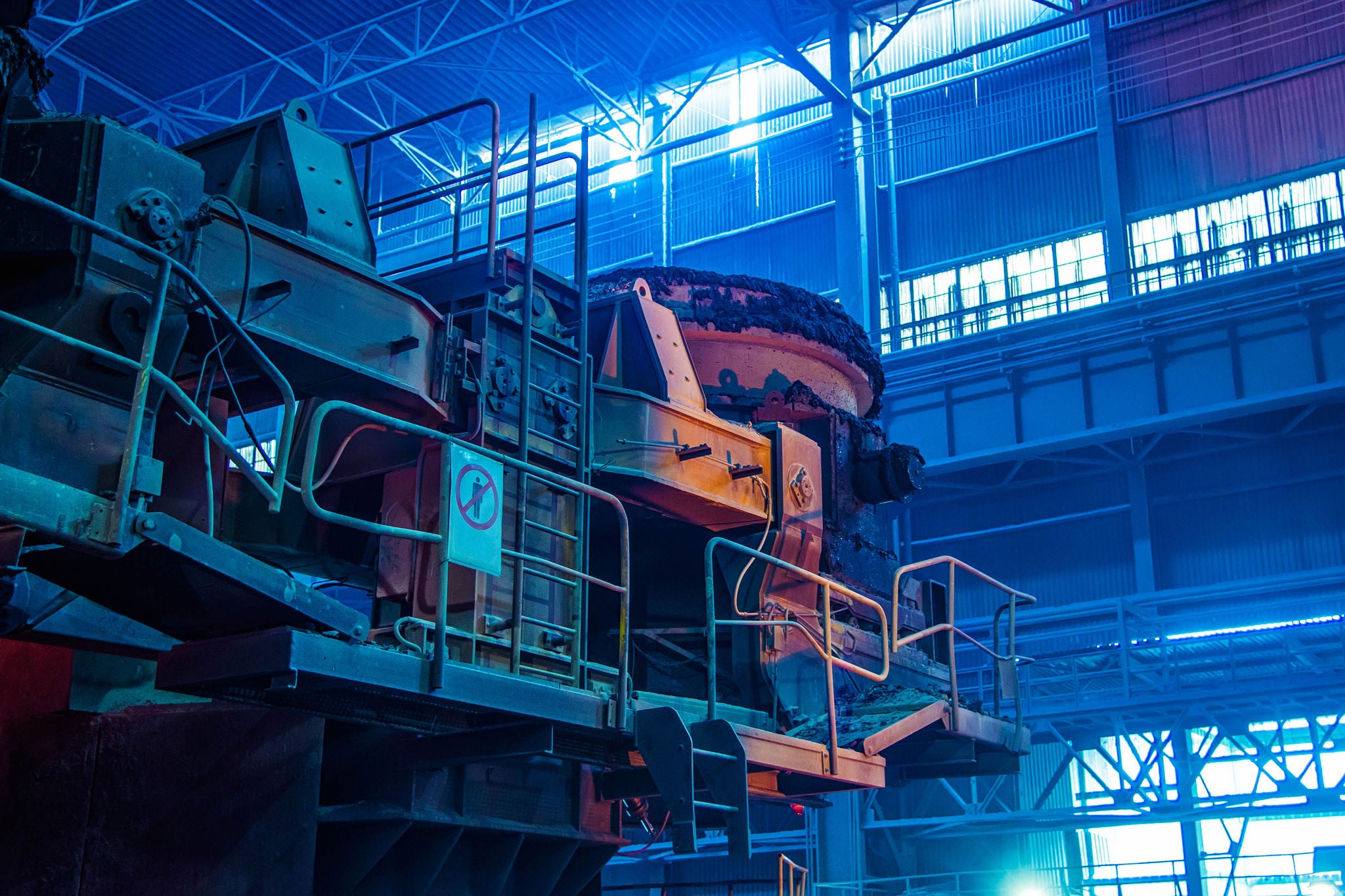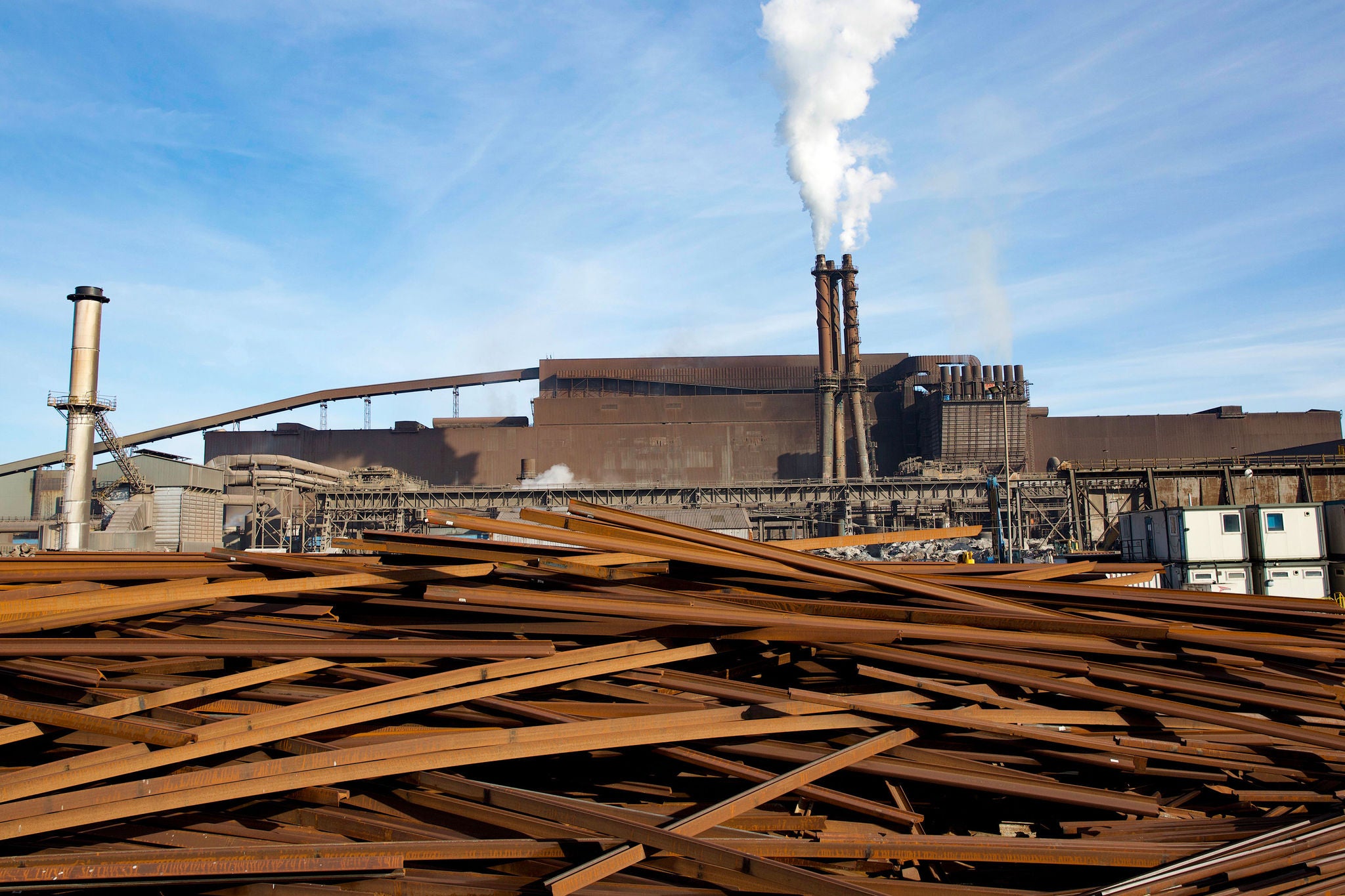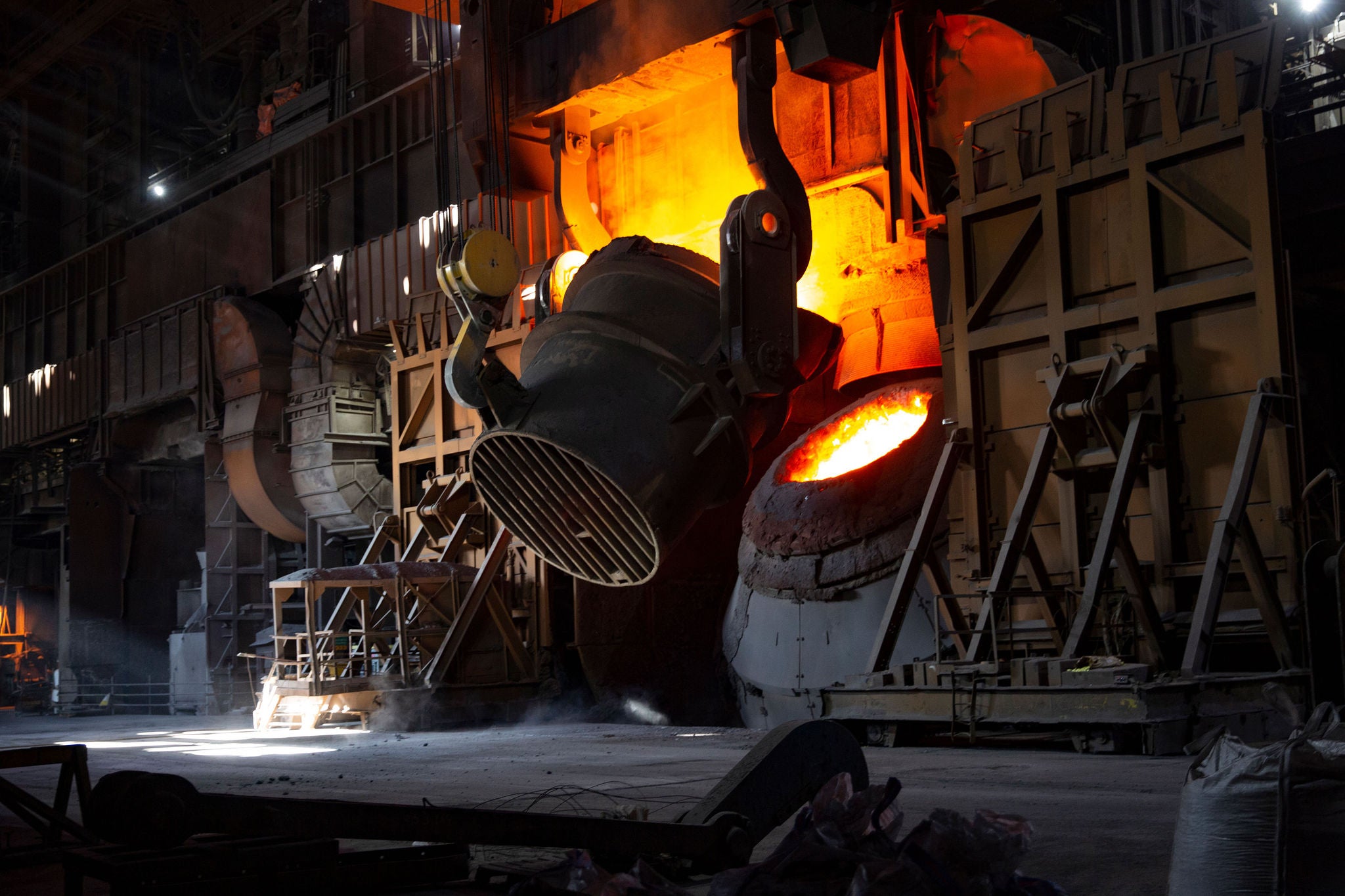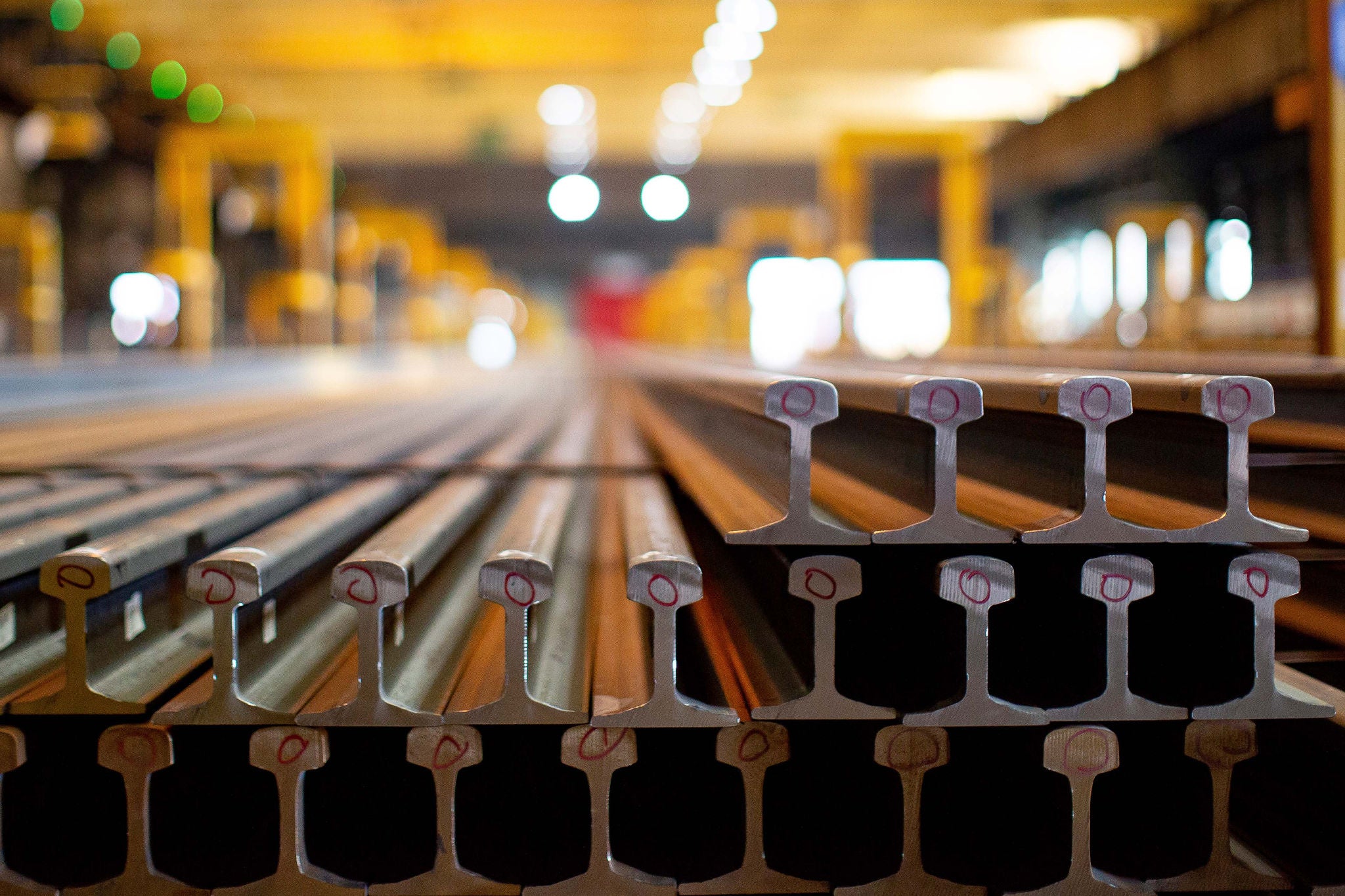In the first instance, EY took control of the business. To do this, it quickly mobilized and physically integrated teams across all British Steel’s facilities in the UK, France and Netherlands. This provided EY with a greater understanding of how the plant worked, and what funding and other mechanisms were necessary to stabilize the business. “We had to deal with a Control of Major Accident Hazards (COMAH) top tier listed site that faced some real cash pressures, which had resulted in tons of hazardous waste remaining on site,” says Woodward. “This business could never be closed safely on an accelerated basis, in the same manner as a number of other industries. Control of the operations and a focus on health and safety and environmental matters was critical in either a closure or going concern scenario.”
Managing ongoing health and safety risks to ensure no fatalities or major injuries and no significant environmental incidents occurred was a top concern for the Official Receiver and the EY team. Keeping the blast furnaces operational was critically important in this regard. “I cannot over-emphasise the scale of the immediate work that was required to keep the blast furnaces operational and the whole plant safe in the first few days of the liquidation,” remarks Alex Williams, EY-Parthenon Associate Partner, Turnaround and Restructuring Strategy. Owing to its cash flow pressures, at the point of liquidation British Steel had a severe shortage of raw materials. The company only had 3 days’ worth of crucial supply, yet these materials were needed 24 hours a day, 365 days a year to maintain the high temperatures required to keep the furnaces operational.
As a result, the team’s first priorities on appointment were to immediately engage with a wide range of critical suppliers to rapidly unlock the supply chain and ensure that raw materials continued to flow to the business. This involved negotiating with both suppliers who had placed British steel on stop due to non-payment of previous supplies, plus new suppliers who were wary of dealing with a Liquidator and Special Managers. Hunter Kelly, EY-Parthenon Partner, Turnaround and Restructuring Strategy, commented that “this involved a herculean effort from a large and joint British Steel and EY team to rapidly reopen the supply chain with over 100 suppliers in those first 3 days.” Without this effort, not only could the ability to sell the business be lost, but the blast furnaces would not continue to operate, which could ultimately cause a terminal event on site.
Building consensus in challenging times
EY’s decision to base their team on-site provided the team with an opportunity to work closely and collaboratively with British Steel’s management and employees during the liquidation. The wider benefits of this transparent approach to communication quickly became apparent. “Together we started to produce a newsletter that went out to every employee. The engagement was so widespread that the Scunthorpe Evening Telegraph started printing them so more and more people were kept informed all the time,” says McBean.
In parallel to keeping British Steel running and commencing the complex planning for closure, EY started the global search for a buyer. However, finding the right fit was a complicated process that meant that a sale was never guaranteed.
Thinking global
Finding a buyer wasn’t just about finding someone willing to buy British Steel’s assets – it was about finding someone who could bring the resources, expertise and willpower to reshape legacy industrial operations in a way that would continue to deliver long-term value. Once a buyer was identified, the Official Receiver had to also be assured that there was a realistic prospect of a successful sale and that the sale would provide the best outcome for the liquidation. The road to the acquisition was a challenging one.
After reviewing a long list of over 100 potential buyers, the EY team believed they had found an ideal new owner for British Steel, but the deal fell apart due to geopolitical circumstances. This setback meant that by September 2019, time was running out for EY – and British Steel. “As we got into October, we were really starting to run out of time and options. The possibility of implementing the closure plans became a very real prospect” commented Alan Hudson, EY-Parthenon, Turnaround and Restructuring Strategy Leader. The closure planning required EY to reach across the globe to secure the specialist experience needed – this plant had never been closed down before and the health and safety risks of doing so were extensive.
However, the probability of closure subsided thanks to growing interest from the ultimate purchaser of British Steel, Jingye, a Chinese steel manufacturer. On top of EY-Parthenon - EYs teams focused on strategy consulting with precision knowledge and capabilities in restructuring and turnaround - the organization’s in-house global capabilities in M&A and tax, combined with a number of skilled, native Chinese speaking EY professionals who joined the project team on site, proved instrumental to closing the deal in November 2019. “Being able to speak directly to Jingye at a senior level was extremely important, both to build trust and also ensure that potential barriers to a sale were identified and dealt with quickly”, according to Woodward.









